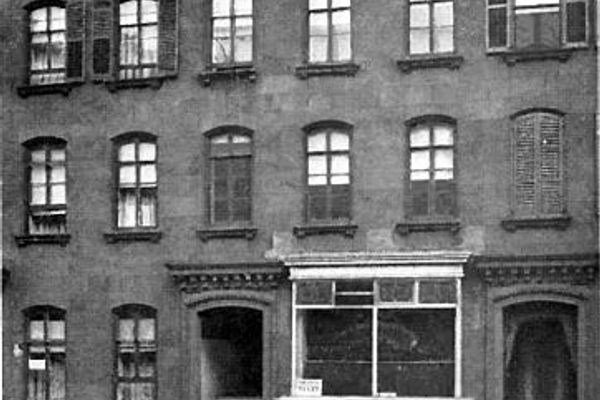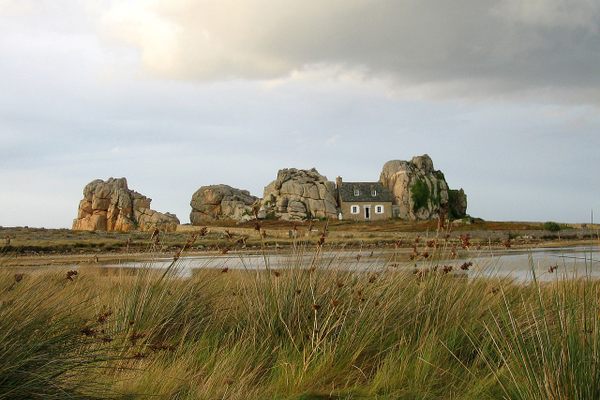Rose Hill Historic House
The origins of midtown Manhattan's anachronistic wooden farmhouse remain a mystery.
Amid Manhattan’s jungle of brick and concrete stands a house that looks as though it would be more at home in a quiet suburb or a rolling countryside. Curious onlookers will likely want to know when this oddity was constructed, and they’re not alone; the house’s date of origin is a question that has puzzled preservationists for decades.
The lot on which the house stands was originally part of a land purchase made by John Watts in 1747 that included 131 acres spanning present-day East 21st Street through East 30th Street. Documents from the 1780s indicate that Watts developed the property to include a main house as well as additional houses, outbuildings, orchards, and gardens. The estate was dubbed Rose Hill Farm, named after property Watts owned in Scotland.
By 1811, Watts had been exiled from New York for his loyalty to England during the American Revolution, the main house at Rose Hill had burned to the ground, and the neighborhood had been parceled out into individual lots in preparation for the implementation of Manhattan’s grid system. In his New York Times piece on the Rose Hill House, Christopher Gray notes that the lot’s odd dimensions—50 feet by 24 feet—suggest a specific intention, perhaps to relocate an outbuilding from the original Rose Hill estate that would otherwise have been demolished to accommodate the grid.
The first definitive documentation of a house on the 203 East 29th Street lot come from 1840 tax records. These records, however, indicate a three-story house, whereas most would consider the Rose Hill Historic House to be four stories. Gray posits that the brick foundation of the current four-story house might have been added, and the house raised up an additional story, subsequent to 1840, but there’s no way to be sure. The foundation is certainly more in keeping with the surrounding neighborhood construction than the rest of the clapboard house, leading Scouting New York’s Nick Carr to note that the house appears to be floating.
In all, attempts to establish the house’s age may have raised more questions than they answered. For instance, was the house relocated from the original estate, dating it back to the 1700s, or is it simply an 1800s-era home built on an oddly-shaped plot of land? And what of its height? Were the 1840s records of a three-story house a mistake or was the structure repositioned during the course of continuing construction?
For a period of time in the 1900s the house functioned as a junk shop, but was boarded up by the time it was purchased in 1979 and subsequently gutted and converted to a three-bedroom apartment, leaving the original framing and roof intact. During that time, a preservation consultant estimated the house to date back to the 1790s, but the removal of the original interior has impeded any additional attempts to discern the house’s age.
The upper stories of the house are currently rented out as an apartment. Despite its name and historical intrigue, the Rose Hill Historic House has not been officially designated as a historic landmark.



















Follow us on Twitter to get the latest on the world's hidden wonders.
Like us on Facebook to get the latest on the world's hidden wonders.
Follow us on Twitter Like us on Facebook